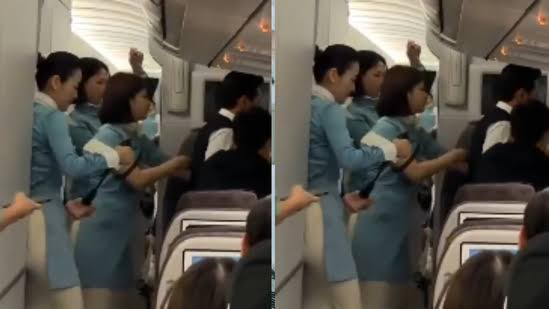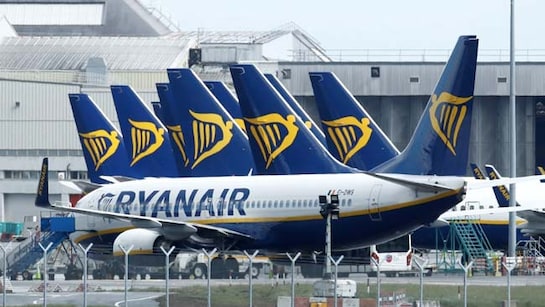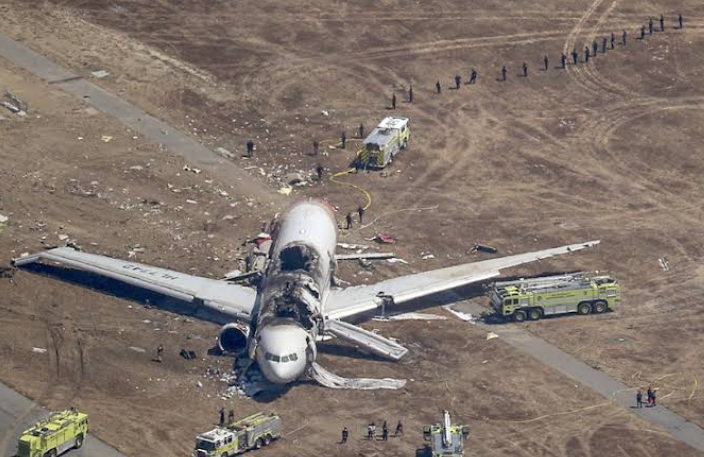Distressed Passenger Attempts to Open Emergency Exit Door Mid-Flight
Distressed Passenger Attempts to Open Emergency Exit Door Mid-Flight
Air travel is generally considered one of the safest modes of transportation, with thousands of flights taking off and landing every day without incident. However, on rare occasions, serious in-flight disturbances occur that pose a threat not only to the individual involved but also to the safety and comfort of all passengers onboard. One such incident occurred when a distressed passenger attempted to open the emergency exit door mid-flight.
The Incident
The event unfolded during a routine commercial flight, where a passenger, in a heightened state of emotional distress, attempted to open one of the aircraft’s emergency exit doors. This caused immediate alarm among the flight crew and passengers. Fortunately, thanks to the quick response of the crew and the inherent design of the aircraft, the situation was contained before it escalated into a potentially disastrous event.
While rare, incidents like these are not unheard of, and they highlight the critical importance of having well-trained flight crews, robust safety protocols, and the right safety equipment in place to handle such emergencies. This specific attempt to open the emergency exit door was thwarted, but it serves as a reminder of the vulnerability passengers can experience in high-stress environments, especially during air travel.
How Emergency Exit Doors Work
Understanding why an emergency exit door cannot easily be opened mid-flight is crucial in assessing the severity of such incidents. Commercial airplanes are equipped with multiple layers of safety mechanisms designed to prevent doors from being opened at high altitudes.
The cabin pressure during flight is significantly higher than the outside air pressure, which makes opening the emergency exit doors impossible unless the aircraft is on the ground. The door handles are designed to operate only when the cabin is at a pressure equal to the outside air pressure, which is the case when the plane is parked and the engines are off. In flight, the system locks the doors, ensuring that no one can open them.
Even though the attempt to open the door mid-flight was unsuccessful due to these safety features, the incident raised important questions about passenger mental health and how such crises are managed in the confined space of an airplane.
The Role of Flight Crew
Flight crews are extensively trained to handle a wide variety of in-flight emergencies, ranging from medical issues to unruly passengers. When a distressed passenger becomes a potential threat to the safety of the flight, flight attendants are the first line of defense.
In the case of a passenger attempting to open an emergency exit door, the flight attendants would have acted quickly to subdue the individual and ensure the safety of everyone on board. Crew members are trained in de-escalation techniques, mental health awareness, and crisis management. They are also equipped with protocols for handling suicide attempts and other extreme behaviors.
In this particular incident, the crew was able to prevent further escalation by swiftly managing the situation and ensuring the distressed passenger was restrained and monitored until the plane landed safely. This highlights the importance of professional training in ensuring the safety of everyone onboard.
Mental Health and Air Travel
The pressures of air travel, along with personal struggles, can sometimes result in passengers experiencing emotional distress during flights. Mental health issues such as anxiety, depression, and panic attacks can be exacerbated by the confines of an airplane, where passengers have limited ability to move freely or seek support.
For some, the experience of flying can trigger deep feelings of isolation or panic. In extreme cases, this can lead to desperate actions, such as attempting to open an emergency exit door or causing disturbances on board. While this particular incident was a rare occurrence, it is a stark reminder of the importance of addressing mental health in air travel.
As the aviation industry continues to evolve, there is growing recognition of the need to provide mental health support to passengers. Some airlines have already implemented programs to identify passengers who may be experiencing distress and offer additional assistance before and during flights. These programs can include mental health screenings, calming techniques, and on-board resources for individuals who may be struggling.
Legal and Ethical Considerations
From a legal perspective, attempting to open an emergency exit door mid-flight is considered a serious offense. Airlines have strict policies in place regarding passenger behavior, and such actions could lead to criminal charges. The severity of the legal consequences may vary depending on the laws of the country the flight is operating in, but it is clear that endangering the safety of a flight is treated with utmost seriousness.
There are also ethical considerations at play. Flight crews and fellow passengers must balance the need to ensure safety with the compassion needed to support a person in distress. This can be a delicate situation, as the individual attempting to open the door may be going through a mental health crisis and may not be fully aware of the danger they are causing.
While the attempt to open the emergency exit door mid-flight was successfully thwarted, it serves as an important reminder of the various challenges faced in air travel. The airline industry must continue to adapt, not only in terms of safety protocols but also in providing adequate mental health support for passengers.






